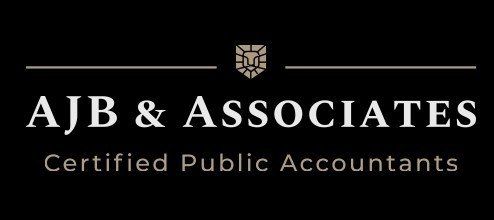Understanding Section 754 Elections
Understanding Section 754 Elections
Overview and Purpose Section 754 of the Internal Revenue Code allows partnerships to adjust the basis of partnership property when there is a transfer of partnership interests or a substantial change in partnership ownership. The election aims to ensure that partners entering or exiting the partnership are treated fairly with respect to the partnership's built-in gains or losses in its assets.
1. Basis Adjustment Mechanism
When a partnership makes a Section 754 election, it adjusts the basis of partnership assets to reflect their fair market value (FMV) at the time of certain triggering events, such as:
- Transfer of a partnership interest.
- Distribution of property to a partner.
- Termination of a partnership interest.
- Certain adjustments to partnership interests under Section 743(b).
2. Benefits of a Section 754 Election
- Equitable Treatment: Partners who buy into or sell their interests in a partnership benefit from a fair allocation of the partnership's inside basis (the adjusted basis of partnership assets).
- Tax Planning Flexibility: By adjusting the basis of partnership assets, partnerships can align the allocation of tax attributes (like depreciation deductions and capital gains) more accurately with changes in ownership.
- Avoiding Negative Tax Consequences: Without a Section 754 election, new partners could potentially face higher taxes upon the sale of partnership assets due to the disparity between the partnership's inside basis and the outside basis (the basis a partner has in their partnership interest).
3. Implementation Considerations
- Timing: The Section 754 election must be made by the partnership on its tax return for the year in which the event triggering the basis adjustment occurs. It's crucial to timely elect and properly document the election.
- Valuation: Accurate valuation of partnership assets is essential to correctly determine the basis adjustments.
- Impact on Partners: Partners should understand how the election affects their individual tax liabilities, especially when there are changes in partnership ownership.
4. Strategic Use of Section 754 Elections
- Transaction Planning: Partnerships can strategically time transactions involving partnership interests to optimize tax outcomes through basis adjustments.
- Succession Planning: Facilitates smooth transitions when partners retire, join, or transfer their interests, minimizing tax impacts.
- Tax Efficiency: Enables partnerships to maximize tax deductions and credits aligned with the adjusted basis of partnership assets.
5. Consultation and Expertise
Given the complexity of partnership taxation and the implications of Section 754 elections, partnerships should seek guidance from experienced tax professionals or CPAs specializing in partnership tax law. These professionals can provide tailored advice and ensure compliance with IRS regulations while optimizing tax benefits.
Conclusion
Understanding and effectively implementing Section 754 elections is crucial for partnerships looking to manage tax liabilities and ensure fair treatment among partners during changes in ownership or partnership interests. By making informed decisions and leveraging the flexibility provided by Section 754, partnerships can enhance tax planning strategies and support long-term financial goals.
For expert assistance in navigating Section 754 elections and optimizing partnership tax planning, consider partnering with AJB & Associates CPAs.
Visit ajbcpas.net to learn more about our specialized services in partnership taxation and how we can assist your partnership.










